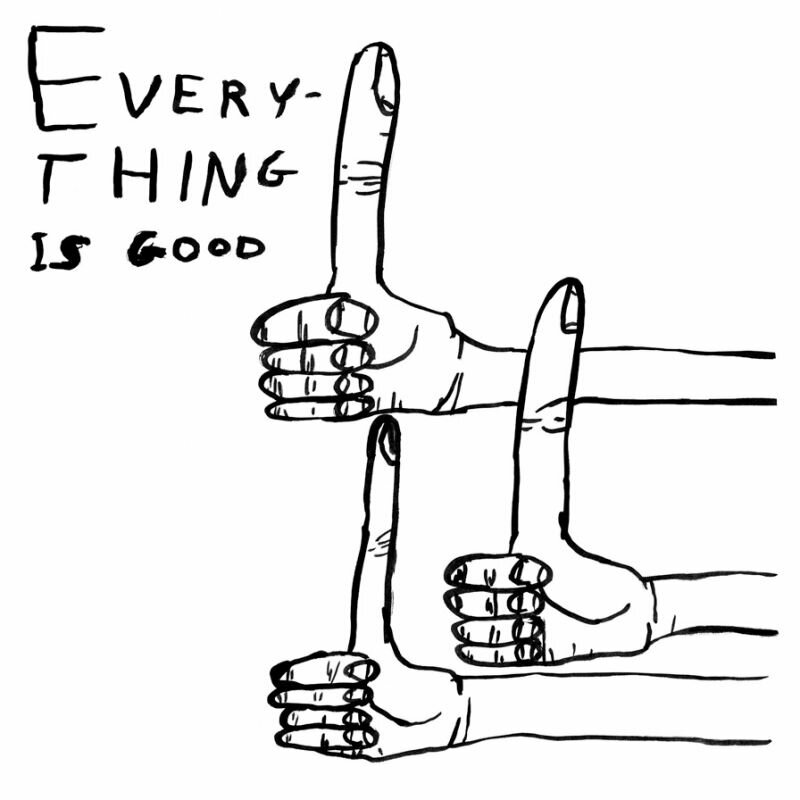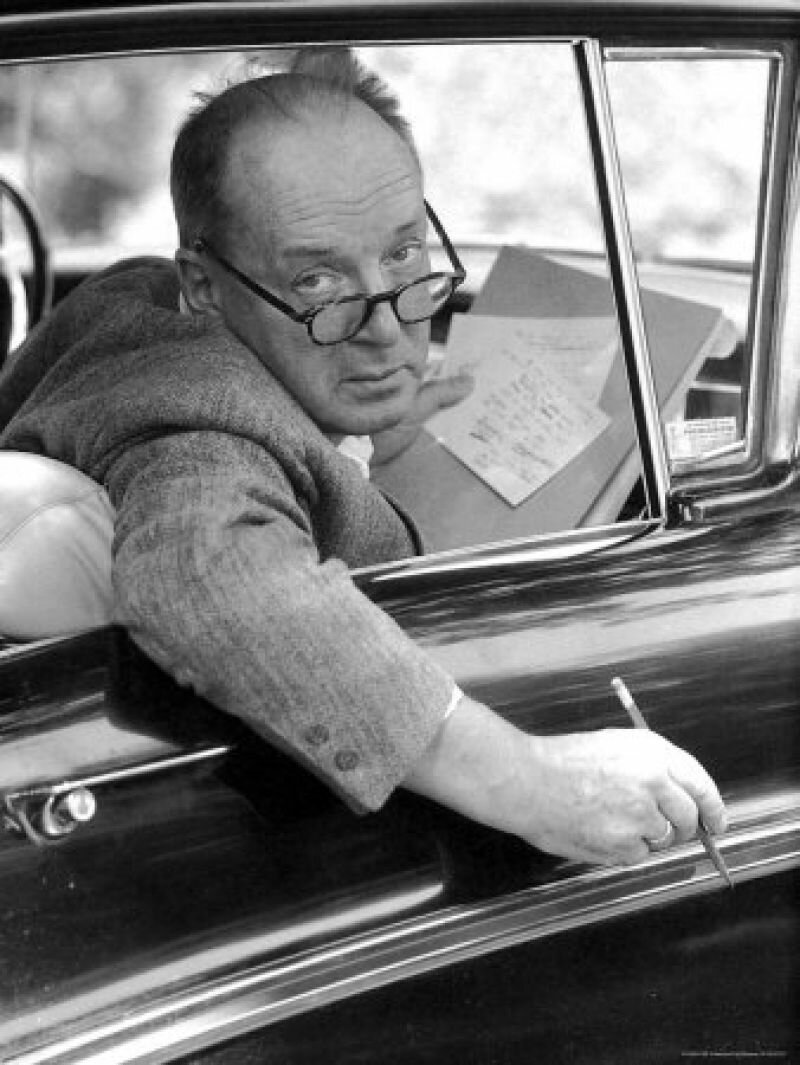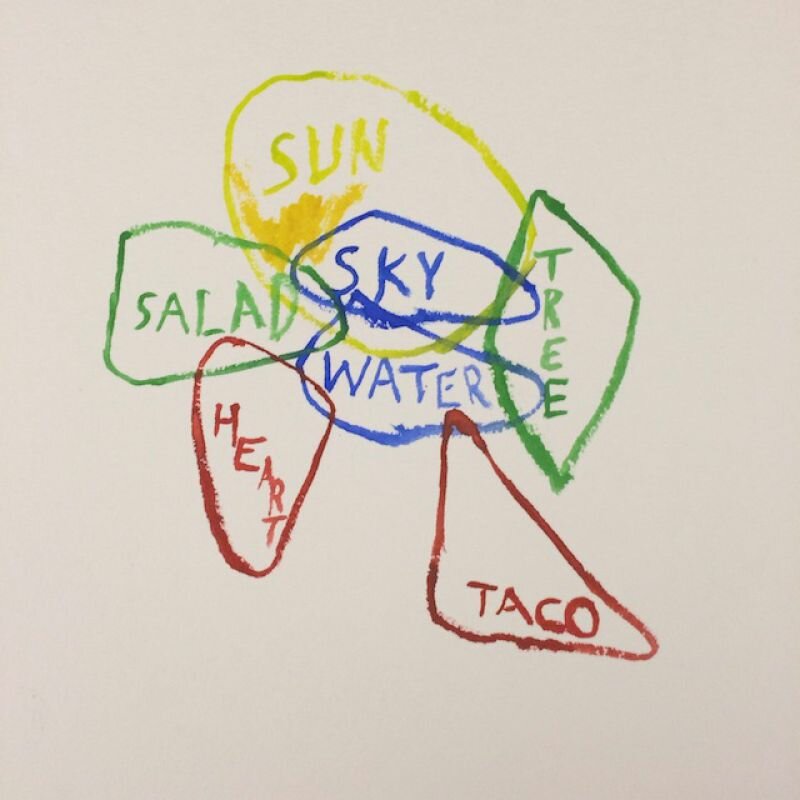
What do artists read? The following artists share their favourite books.
Chris Johanson
I don't have a favourite book but I do read.
Annette Messager
The dictionary.
Alexandra Leykauf
This is impossible to answer… but let's say Chris Ware: Jimmy Corrigan, the Smartest Kid on Earth.
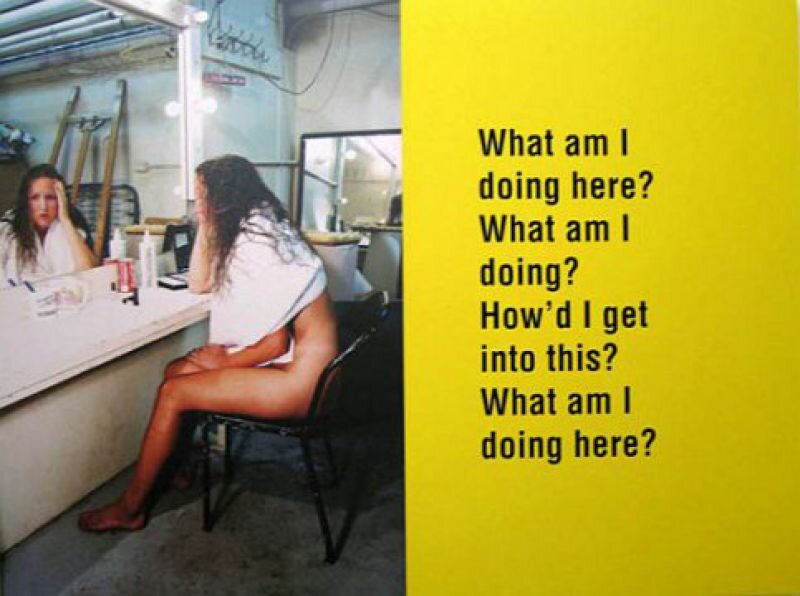
Ken Lum
My favorite book is a children’s book that I actually reread a few years ago when I bought it again to read parts to my youngest niece: The Adventures of Huckleberry Finn, by Mark Twain
Marcel van Eeden
Gerrit Achterberg, Ode aan Den Haag, De ballade van de gasfitter, Spel van de wilde jacht.
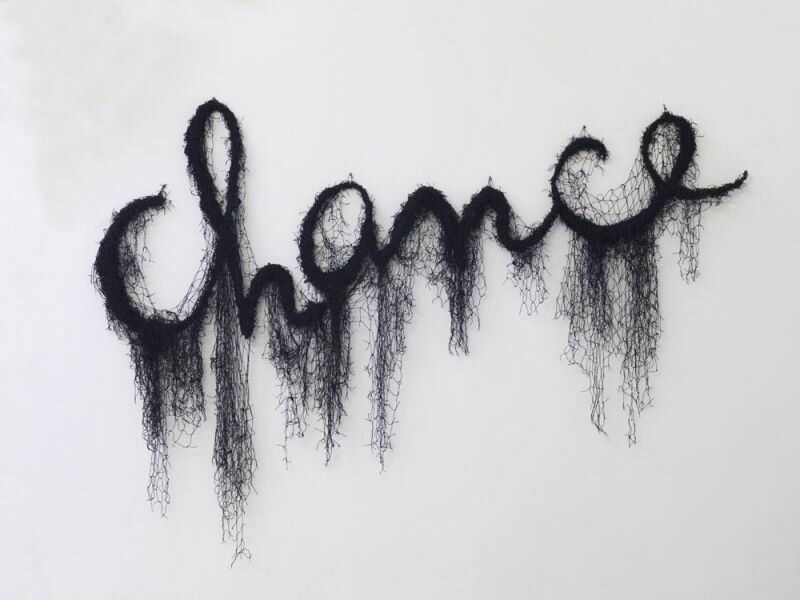
Marlene Dumas
The Man who Mistook his Wife for a Hat by Oliver Sacks
Gabriel Lester
Boris Vian, J 'irai cracher sur vos tombes (Ik zal op jullie graf spugen/I Shall Spit on Your Graves).
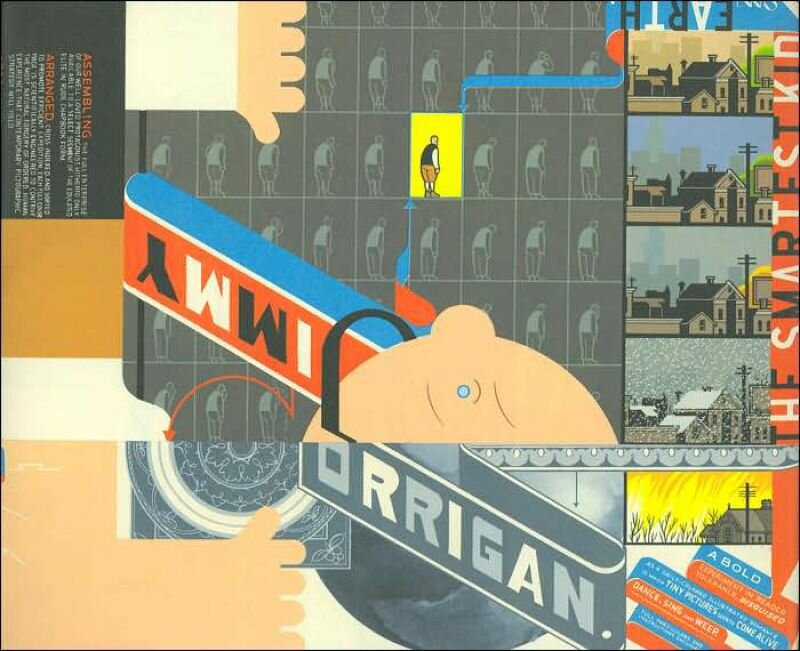
Kimberley Clark
How to Make Love Like a Pornostar by Jenna Jameson.
Alicia Framis
La Dislocation, Benoit Goetz.
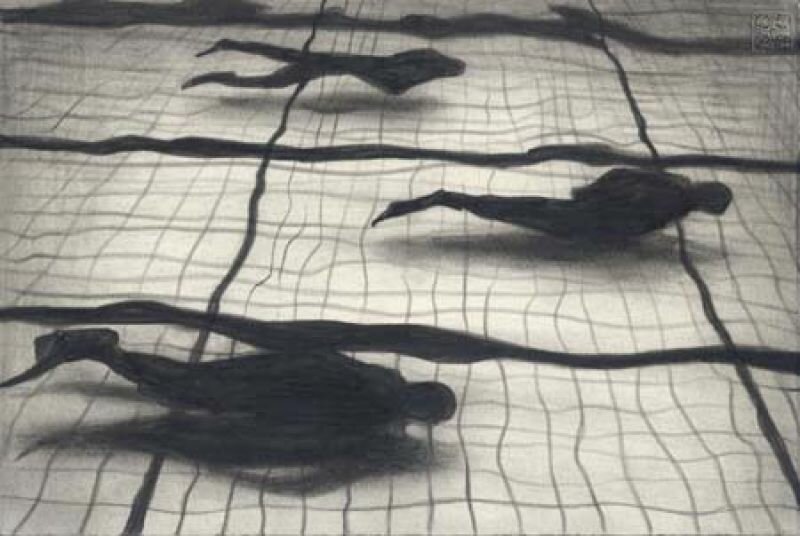
Jamy Shovlinn
Everything from Georges Perec.
Amalia Pica
The Order of Things, Michel Foucault and The Savage Detectives by Roberto Bolano.
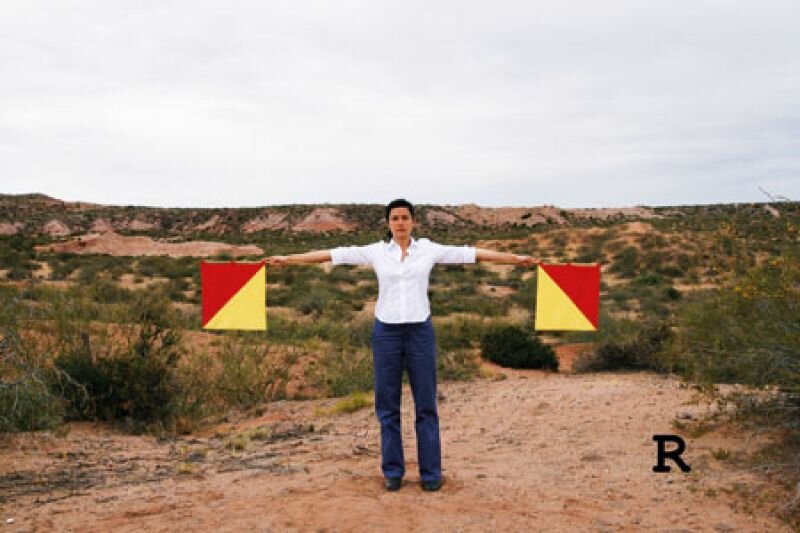
Christian Holstad
The telephone book.
David Shrigley
The dictionary, it is the one I keep going back to.
Ryan Gander
The Adventures of the Black Hand Gang by Hans Jurgen Press.
